Gatwick Airport, the second-busiest airport in the United Kingdom, is making it easier for passengers to navigate its two terminals with the installation of around 2,000 beacons, initially providing iPhone users their location on indoor maps, with the system also allowing for the use of augmented reality wayfinding in the future.
Part of a £2.5 billion ($3.2 billion U.S.) transformation program for the airport, the beacons were deployed throughout the facility over the course of three weeks, with the use of battery powered beacons to simplify installation and reduce costs. After deployment, the airport conducted two months of testing and calibration of the beacons before making them available for use by the public.
Due to the inability for GPS-based systems to work indoors, beacons can be used as landmarks for a mobile device to work out its location. In the initial phase of the project, TechCrunch reports it is being used to get a more accurate positioning on indoor maps from their iPhone, with an accuracy of up to 3 meters (9.8 feet).
The beacons will also work with an upcoming augmented reality app that will guide users to other locations by on-screen arrows, overlaying the immediate route ahead on the iPhone camera's view, and said to be a world first for an airport to install. Gatwick is working with Pointr to manage the system, with the UK startup also providing an SDK for third-parties to use the beacon system, complete with support for AR wayfinding.
Using the SDK, the airport suggests the beacons could be used by airlines to send reminders to passengers via the airline's app, helping them get to the gate for boarding with a notice depending on how far away the user is, for example. Retailers could also use the beacons to provide relevant offers to passengers based on their proximity to the store, if users agree to receive the marketing messages.
The airport advises that no personal data of users will be collected by Gatwick or Pointr via the system, though it will receive "generic information" about the density of people in different beacon zones. This anonymized data could be used to help improve airport operations, including queue management, streamlining passenger flows, and reducing congestion in terminals.
While claiming to be the first airport to plan to use beacons for AR-based wayfinding, beacon technology is already being used by other airports, and also airlines, in a number of different ways. In 2014, passengers of Virgin Atlantic were able to receive relevant information on their iOS device based on their position in London Heathrow airport, using iBeacon hardware from Estimote and a custom pass in Apple's Passbook application.
In the same year, British Airways updated its iOS app to automatically send push notifications to passengers entering its Terminal 5 lounge with a personalized welcome message, as well as the lounge's Wi-Fi password. The message was triggered by iPhone users passing by an iBeacon.
 Malcolm Owen
Malcolm Owen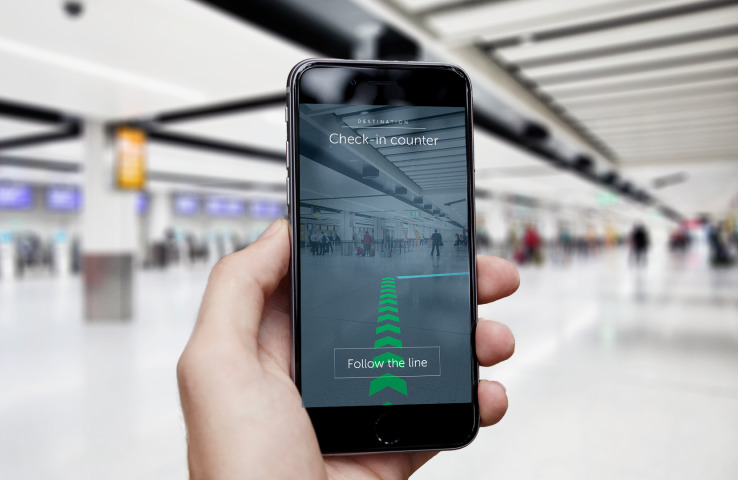
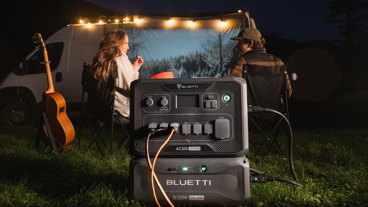
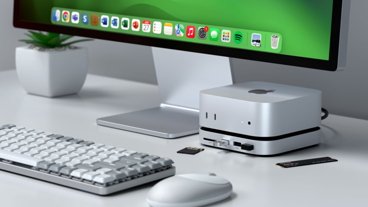











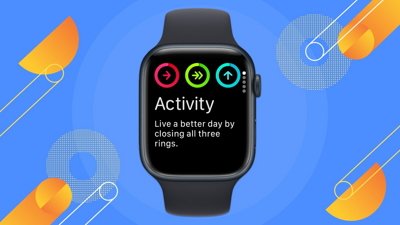
 Andrew Orr
Andrew Orr
 Christine McKee
Christine McKee
 Sponsored Content
Sponsored Content
 Wesley Hilliard
Wesley Hilliard
 AppleInsider Staff
AppleInsider Staff
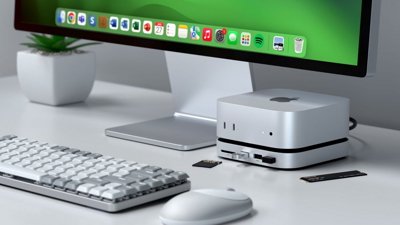
 Amber Neely
Amber Neely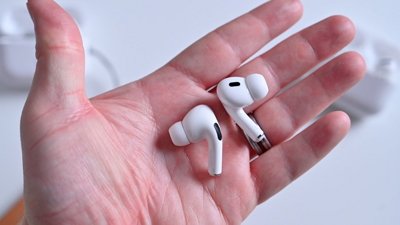

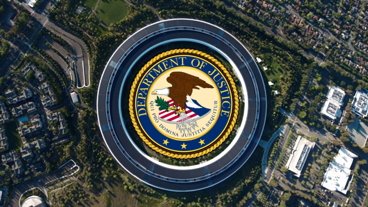







10 Comments
Just add to this escape routes for terrorism acts and it will be complete.
Great AR application! Sounds like fun.
Malcolm, where is the source for "initially providing iPhone users" come from, did you make that bit up?
If you did don't go to a Trump news conference, as he'll be shouting fake news at you.
This is the article I believe contains the source of this news and no mention of iPhone within it:
http://www.futuretravelexperience.com/2017/05/gatwick-airports-beacon-installation-enables-blue-dot-navigation/
The company has created an SDK for running on all platforms.
If you go to pointr labs website it shows tracking video on an android device, a Samsung one http://www.pointrlabs.com/features.html